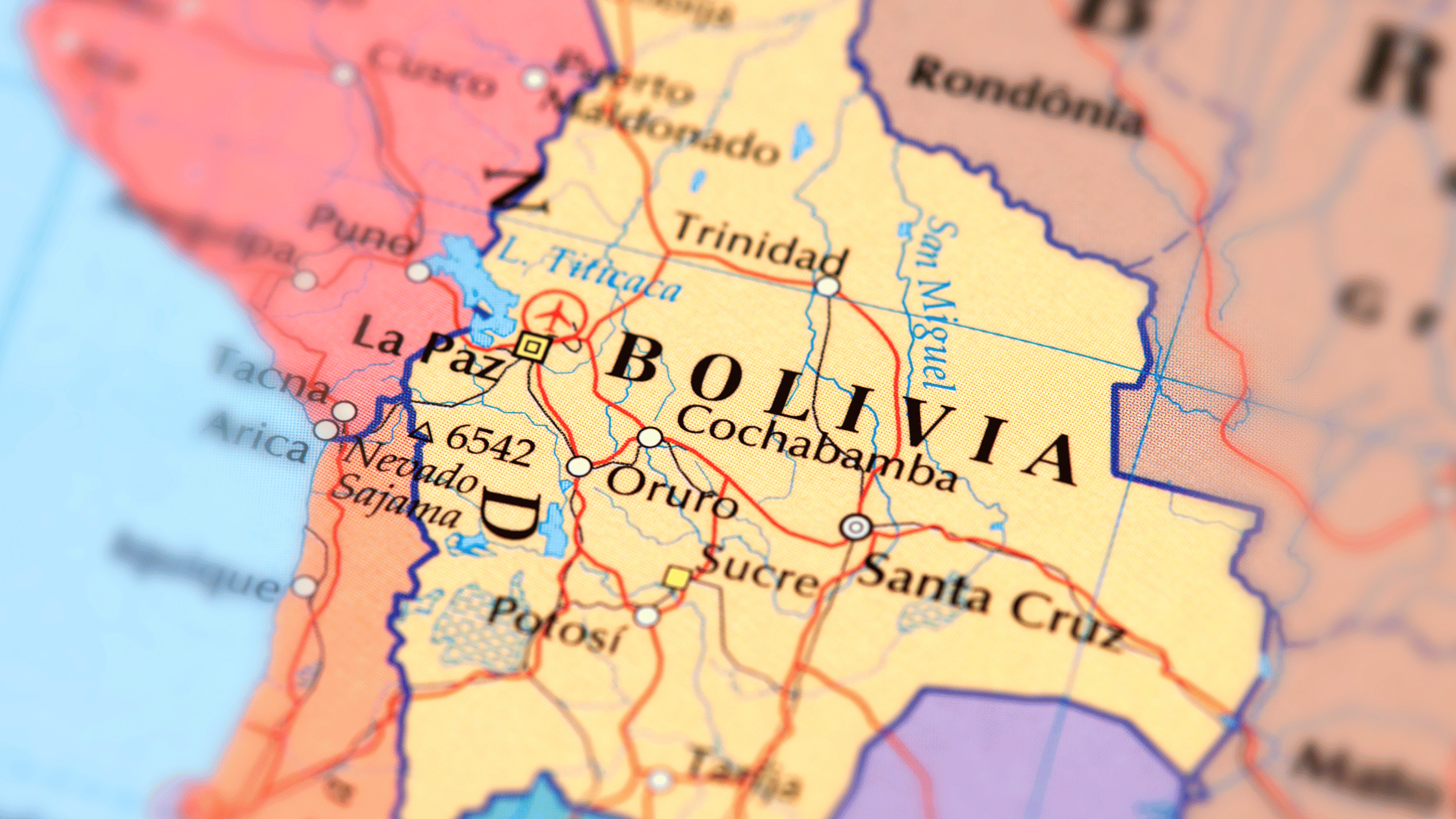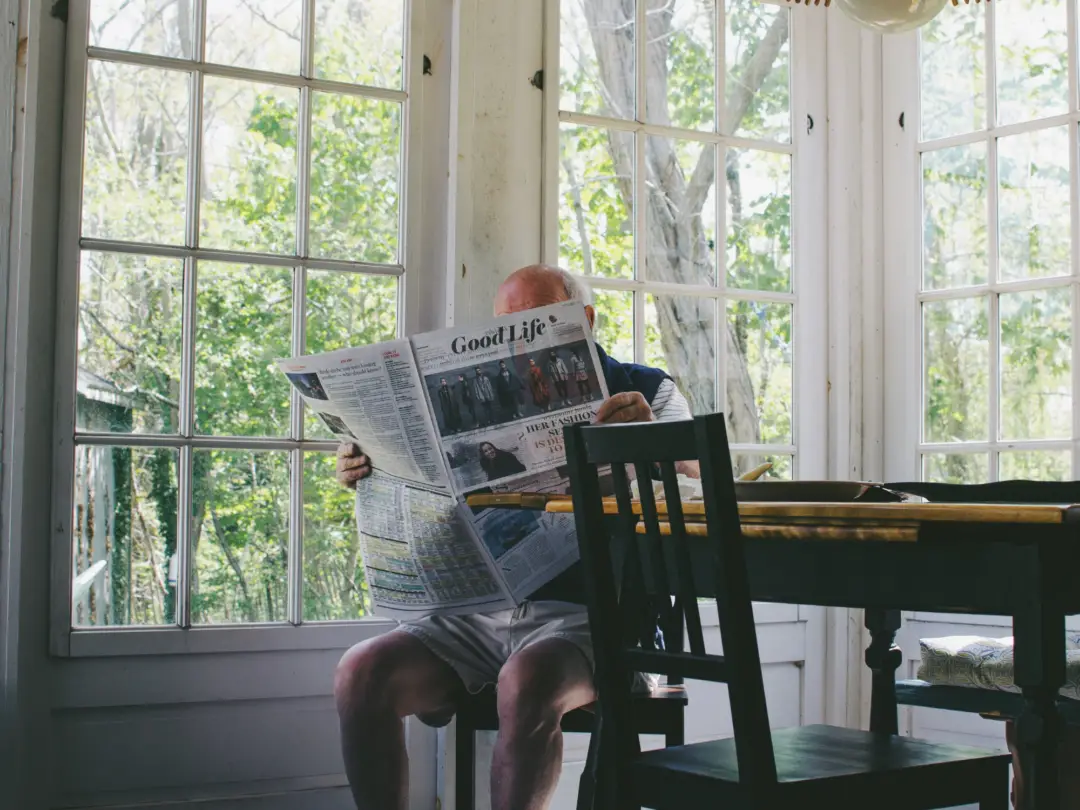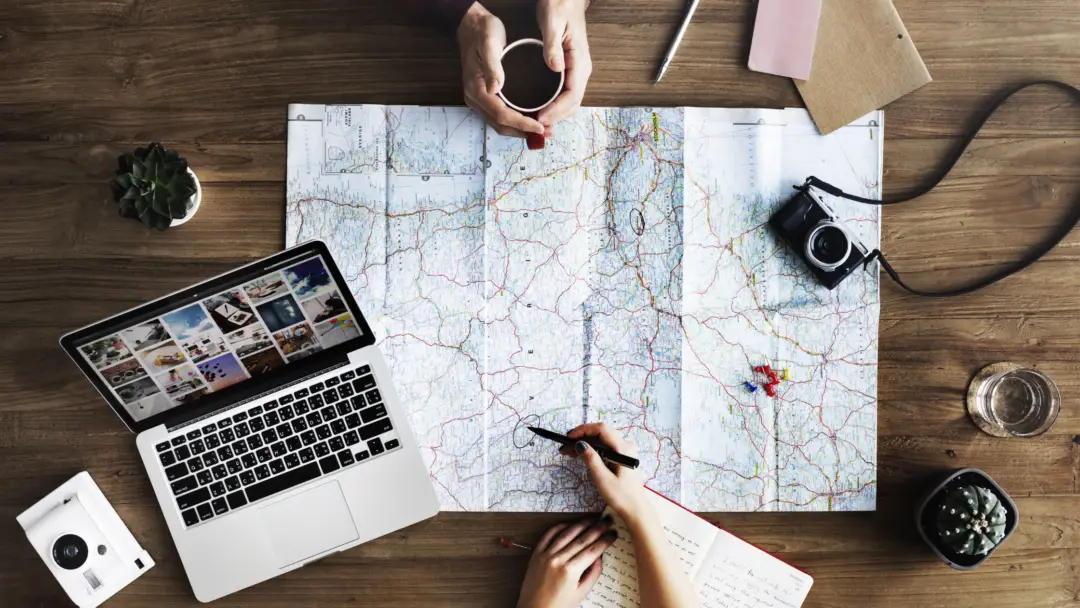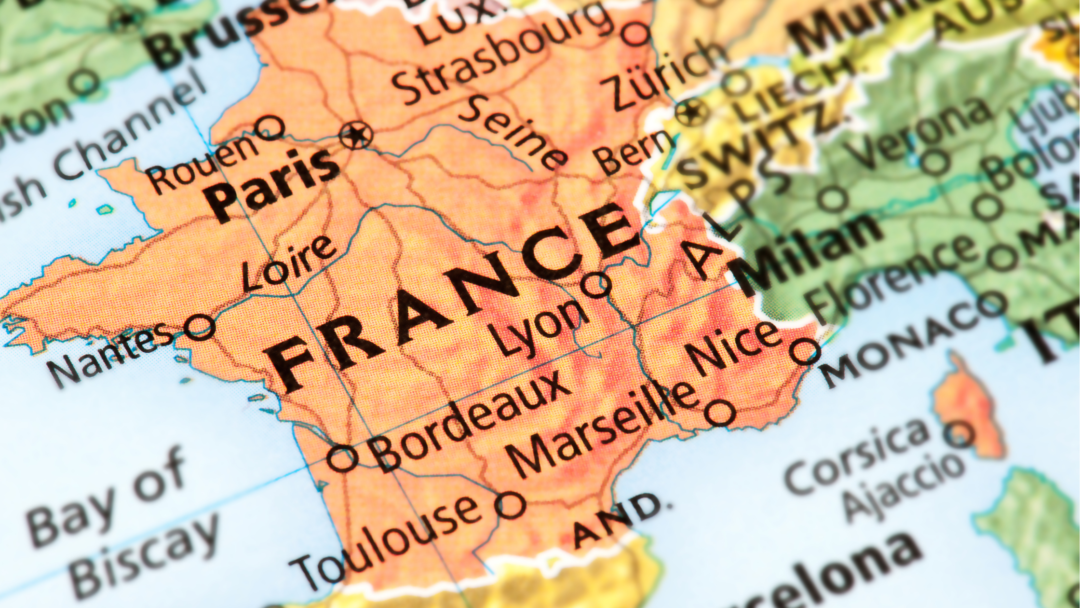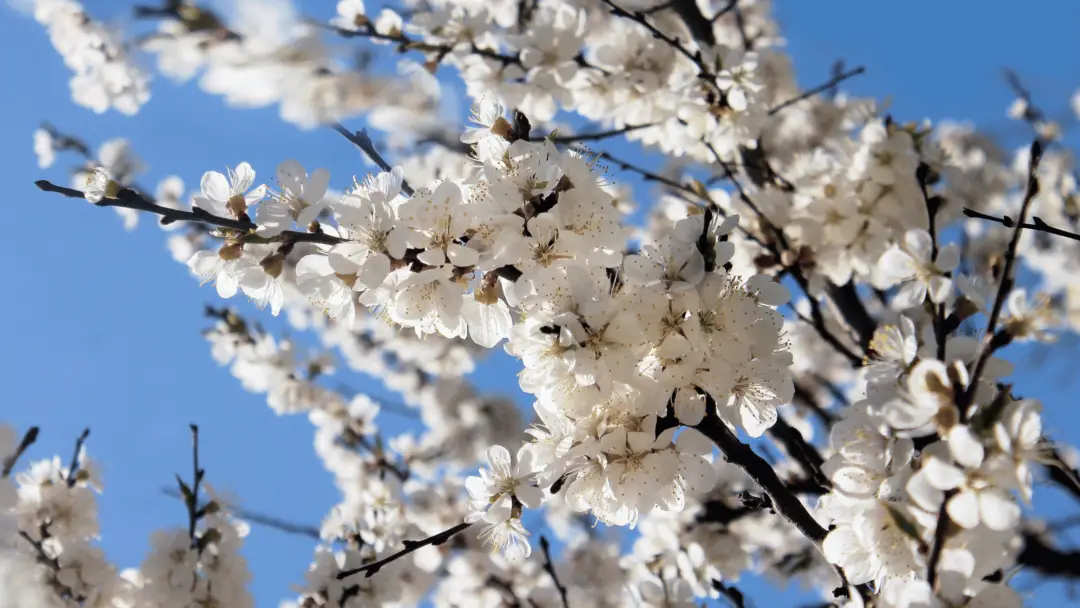Exploring the vibrant culture and rich history of Bolivia through popular hobbies allows you to truly immerse yourself in the country’s unique charm.
From photographing the surreal landscapes of the Salar de Uyuni to biking the daring North Yungas Road, there’s no shortage of exhilarating activities awaiting you. Engaging in traditional dances and music at local festivals offers another way to connect deeply with the Bolivian way of life.

Bolivia is a paradise for adventurers and culture enthusiasts alike. Whether you’re navigating the vast Amazon jungle, exploring ancient ruins, or simply enjoying a leisurely paddle on Lake Titicaca, Bolivia’s diverse geography provides endless opportunities for hobbyists. Each activity not only highlights the country’s natural beauty but also its cultural significance.
As you dive into the myriad of hobbies popular in Bolivia, you’re also stepping into a fascinating blend of tradition and modernity. Visiting bustling markets like Mercado 16 de Julio in La Paz or hiking through the stunning landscapes fosters a deeper appreciation for both the ancient customs and contemporary life that define this captivating nation.
The Rich Tapestry of Bolivian Culture

Bolivia’s cultural landscape is deeply influenced by its indigenous roots and historical developments. It is a vibrant blend of traditions, beliefs, and practices that reflect both its indigenous heritage and colonial past.
Influence of Indigenous Cultures
Indigenous cultures are the cornerstone of Bolivian identity. The Aymara and Quechua are two prominent groups that have significantly shaped Bolivian culture.
In traditional arts, you will find intricate textiles and pottery that reflect ancient Andean patterns and techniques. Music and dance also play crucial roles, with traditional instruments like the charango and quena being central to various festivities.
Traditional clothing varies by region. In the highlands, you’ll see layered garments for warmth, while lighter clothes are common in the lowlands. These variations underscore the diverse lifestyles shaped by Bolivia’s geography.
Bolivian cuisine also showcases indigenous influences. Staples like quinoa, potatoes, and corn are often prepared using recipes passed down through generations. You can sample dishes such as “Salteñas,” a type of empanada, and “Chairo,” a hearty soup, to get a taste of this rich culinary tradition.
Cultural History and Significance
Bolivia’s history is a fusion of ancient civilizations and colonial influences. Before the Spanish conquest, the region was home to powerful indigenous empires, including the Tiwanaku and the Inca. Their legacies are still visible in archaeological sites and ruins.
During colonization, Spanish architectural styles mingled with indigenous designs, leading to unique structures like those in Potosi. The blend of these different influences is evident in the churches and government buildings that dot Bolivian cities.
Religious practices also reflect a mix of Catholic and indigenous beliefs. You will find celebrations such as the “Fiesta de la Virgen del Carmen,” which combines Catholic rituals with traditional Andean ceremonies.
Modern Bolivia continues to honor its indigenous roots while embracing contemporary influences. This complex cultural tapestry makes Bolivia a fascinating destination for anyone interested in history, art, and traditions.
Popular Hobbies and Traditional Activities

In Bolivia, you can explore a variety of hobbies ranging from thrilling outdoor sports to traditional arts and delicious culinary practices. Each activity offers a unique insight into the rich cultural tapestry of the country.
Outdoor Adventures and Sports
Bolivia offers a multitude of outdoor adventures. Biking at North Yungas Road, famously known as the Death Road, is a popular activity for thrill-seekers. This challenging route provides breathtaking views and an adrenaline rush.
Hiking in the Andes is another favored outdoor activity. The Andes offer diverse trails, from the easy treks to the more demanding hikes up Huayna Potosí. These outdoor activities not only promote fitness but also allow you to connect with Bolivia’s stunning landscapes.
Check out our full post of Outdoor Hobbies for more great hobby ideas to spend time in the great outdoors.
Arts and Crafts
Bolivian culture shines through its arts and crafts. Traditional painting and calligraphy often depict historical and cultural themes, making them a significant part of Bolivia’s artistic expression. You can find unique opportunities to learn these crafts in local workshops.
Ceramics and textile weaving are also prominent. In cities like Sucre and La Paz, you can explore markets filled with handwoven goods and pottery. Engaging in these crafts offers a hands-on understanding of Bolivian traditions and artistic techniques.
Check out our Huge List of Craft Hobbies, for great creative, artistic and DIY art hobby ideas…
Culinary Exploration
Bolivian cuisine is a captivating exploration in itself. You should try traditional dishes like Salteñas and Pique Macho. Salteñas, a type of savory pastry, and Pique Macho, a hearty meat and potato dish, reflect the local culinary heritage.
Cooking classes are available, where you can learn to prepare these traditional meals. Engaging in culinary activities not only satisfies your taste buds but also provides a deeper appreciation of Bolivia’s culinary arts. This immersive experience connects you directly with the heart of Bolivian culture through its flavors and cooking methods.
Check out our Huge List of Food Hobbies for more awesome food and cooking-related hobby ideas!
The Diverse Landscapes of Bolivia

Bolivia offers a breathtaking variety of landscapes, from the towering Andes to the vast expanses of the altiplano. Key natural highlights include the high-altitude wonders and unique Bolivian destinations that captivate travelers and locals alike.
High Altitude Wonders
Bolivia’s geography is dominated by the Andes mountains, which extend through much of the country. Among the must-see attractions is Huayna Potosi, a peak that reaches over 6,000 meters and offers both challenging climbs and stunning views.
The altiplano, a high plateau lying between mountain ranges, includes notable natural landmarks such as Lake Titicaca, the highest navigable lake in the world. Here, you can explore ancient ruins and unique floating islands inhabited by the Uros people.
One can’t overlook the Salar de Uyuni, the largest salt flat on Earth. This otherworldly landscape is especially striking during the rainy season when it becomes a reflective mirror.
Unique Bolivian Destinations
Bolivia is home to several destinations that offer unique natural beauty. The Coloured Lakes, including Laguna Colorada and Laguna Verde, are especially notable for their striking hues caused by minerals and microorganisms.
Exploring the Amazon basin in the lowlands reveals a completely different environment. Here, lush greenery, diverse wildlife, and opportunities for eco-tourism abound.
Lastly, don’t miss La Muela del Diablo, a dramatic rock formation near La Paz, resembling a giant molar tooth. This destination offers beautiful hiking trails and panoramic views.
In these varied landscapes, Bolivia’s natural wonders provide endless opportunities for adventure and exploration.
Spirituality and Religion in Daily Life

In Bolivia, spirituality intertwines closely with daily life, influenced by indigenous religions and Catholicism. Festivals and traditions highlight the rich cultural tapestry, while mindfulness practices incorporate a blend of spiritual and religious elements.
Festivals and Traditions
Bolivian festivals are vibrant expressions of religious and spiritual beliefs. Carnaval de Oruro is one of the most famous, combining indigenous and Catholic traditions. It features parades, dances, and costumes that depict historical and religious narratives.
Fiesta de la Virgen de la Candelaria is another significant celebration, blending indigenous and Catholic practices. This festival honors the Virgin Mary, a figure revered across Bolivia, with processions, music, and dance.
The Aymara New Year (Willka Kuti) is an essential festival for the indigenous Aymara people. Occurring on June 21st, it marks the winter solstice and involves rituals to honor Pachamama (Mother Earth) and the gods.
Incorporating Mindfulness
Mindfulness in Bolivia often merges with traditional spiritual practices. Meditation and reflection are integral to religious observances, encouraging a connection with nature and the cosmos.
Indigenous religions emphasize mindfulness through rituals that honor natural elements. Activities such as offerings to Pachamama promote a spiritual connection to the environment.
Catholic practices also incorporate mindfulness. Daily prayers, meditations, and attending Mass provide moments for introspection and spiritual growth.
By engaging in these spiritual and religious practices, you can experience a deeper sense of connection and mindfulness, enhancing your overall well-being. Integrating these practices into your daily life can offer a unique blend of spiritual and cultural enrichment. For more detailed insights, see Religion in Bolivia.
Navigating Bolivia: Transportation and Access

Bolivia offers a variety of transportation options that cater to both urban mobility and intercity travel, making it possible to explore its diverse landscapes and rich culture.
Urban Mobility
In cities like La Paz and El Alto, you can easily navigate through different modes of transportation. One of the most unique and efficient options is the Mi Teleférico cable car system, which provides a bird’s-eye view while swiftly moving you over the dense urban landscape.
Buses and micros (minibuses) are the most common and affordable options. These are plentiful and can take you almost anywhere within the city limits. For a quicker but slightly more expensive option, taxis are readily available and are generally safe when marked or booked through a trusted service. Walking is also a viable option in certain neighborhoods, though the city’s elevation and hilly terrain can be challenging.
Traveling Between Cities and Rural Areas
When moving between cities or exploring rural Bolivia, you’ll find numerous options to suit your needs. Buses again take the front seat for affordability, with long-distance bus routes connecting major cities and even smaller, remote regions. Trains are less common but provide scenic routes mainly in the highland areas.
For quicker travel, domestic flights are available, especially connecting major cities like La Paz, Santa Cruz, and Cochabamba. Roads can be challenging due to the country’s topography, so it’s essential to plan and allocate extra travel time. In some regions like the Amazon, boats and ferries are crucial for transportation, such as on Lake Titicaca where regular services connect to Peru.
Always consider the conditions of transport facilities, and plan accordingly for a safe and enjoyable journey.
Cultural Infusion: Music and Entertainment

Bolivia’s cultural richness is vividly displayed through its dynamic music and traditional dances, as well as its growing cinema and gaming scenes. This section explores how these forms of entertainment are integral to Bolivian life.
Music and Dance
Bolivian music and dance are deeply embedded in the nation’s identity. Folk music, known locally as folklorico, plays a significant role. Performances of the cueca, Bolivia’s national dance, are ubiquitous in street parades and festivals. The cueca is characterized by couples waving handkerchiefs in a flirtatious display of courtship.
Groups like Los Kjarkas have popularized traditional music within Bolivia and beyond. Their song “Bolivia” has become an unofficial anthem, reflecting the country’s soulful cultural narratives. Indigenous instruments such as the charango and panpipes add unique sounds to the musical landscape. Karaoke, influenced by more modern tastes, also has a devoted following, blending contemporary and traditional elements.
Cinema and Gaming
The film industry in Bolivia is small but growing. Local films often explore historical and social themes, portraying the country’s rich cultural tapestry. For example, recent productions delve into indigenous stories and social issues, adding depth to Bolivian cinema. Attending movie screenings can provide immense insights into the national psyche.
Gaming has also seen a rise in popularity. Cyber cafes and gaming hubs are now common in urban areas. Bolivians enjoy a mix of online gaming and traditional games. Rock and music-themed games often attract younger audiences, serving as both pastime and cultural expression. Whether through arcade classics or the latest online multiplayer games, the gaming culture is steadily gaining momentum.
Urban Exploration and City Life

While Bolivia’s natural wonders attract many visitors, the urban centers offer rich cultural and historical experiences. Explore bustling markets and architectural marvels, especially in cities like La Paz, Sucre, and Potosi.
The Bustling Markets of Bolivia
Experience the vibrant markets in La Paz and El Alto. Here, you can find a mix of local and imported goods. The Witches’ Market in La Paz sells traditional herbs, amulets, and potions, offering a glimpse into Bolivia’s indigenous culture.
In El Alto, you’ll discover Mercado 16 de Julio, one of the largest in Latin America. It offers everything from fresh produce to electronics. Visiting these markets allows you to engage directly with local society and see traditional crafts and goods up close.
Architectural Marvels
Bolivia’s cities boast several architectural gems, especially from the colonial era. Sucre, the constitutional capital, is home to many well-preserved colonial buildings. A visit to Plaza Murillo in La Paz is essential for seeing the Presidential Palace and the National Congress.
Potosi, once a wealthy mining city, has a number of historic churches and mansions that reflect its rich past. As you explore these urban areas, you’ll see a blend of old and new, providing a deeper understanding of Bolivia’s history and society.
Starting Your Bolivian Hobby Adventure

Beginning a hobby in Bolivia can be an exciting adventure. The country offers a diverse array of activities, combining its rich cultural heritage with stunning natural landscapes.
Hiking is immensely popular, thanks to the country’s varied topography. Places like Lake Titicaca and the Yungas region provide breathtaking trails. Don’t miss the Chinkana ruins for a blend of history and adventure (more info).
If you’re into more meditative practices, Tai Chi and tea ceremonies are gaining traction. These activities help you experience the tranquillity and mindfulness often embedded in Bolivian hospitality.
Gardening enthusiasts might find the art of Bonasi a unique hobby. While not traditionally Bolivian, it’s a captivating way to interact with nature and embrace a global gardening practice.
When visiting locals or attending social gatherings, bringing gifts is customary. This simple act of kindness can deepen your connection to Bolivian culture. Small tokens, like regional crafts or local food items, are appreciated.
With so many options, there’s something for everyone to enjoy in Bolivia. Whether you prefer high-energy adventures or calming, introspective activities, you’re sure to find a hobby that suits you.
Here’s a list of activities to get you started:
- Hiking in scenic locations like Lake Titicaca
- Practicing Tai Chi
- Engaging in traditional tea ceremonies
- Exploring the art of Bonasi
- Participating in local hospitality by bringing thoughtful gifts
Feel free to mix and match these hobbies to make the most of your time in Bolivia.
Frequently Asked Questions

Explore the cultural richness of Bolivia through its traditional hobbies, influential foods, historical impacts, clothing, festivals, and religious practices. Learn how these elements shape the past and present of Bolivian society.
What are the traditional hobbies associated with Bolivian culture?
Traditional hobbies in Bolivia often include folkloric music and dancing, particularly during festivals. Activities like weaving and pottery, which have roots in ancient indigenous practices, remain popular.
Which Bolivian foods are most influential in their cultural practices?
Bolivian cuisine reflects its diverse cultures, with staples like quinoa, maize, and potatoes playing significant roles. Dishes such as salteñas and anticuchos are integral to celebrations and daily life. These foods have deep cultural and historical importance.
How do historical events influence current hobbies and pastimes in Bolivia?
Bolivia’s history of indigenous resistance and Spanish colonization has led to a blend of cultural practices. Historical events have preserved activities like traditional weaving and celebratory music, which continue to be practiced today.
Can you describe the role of traditional clothing in Bolivian cultural activities?
Traditional clothing, such as the pollera for women and ponchos for men, is often worn during cultural festivities and dances. These garments are rich in symbolism and reflect the country’s indigenous heritage and colonial influences.
What are the most common celebrations and festivals in Bolivia?
Bolivia hosts numerous festivals, with Carnaval de Oruro being one of the most notable. Events such as the Alasitas Fair and the Tinku Festival also highlight the fusion of indigenous and Spanish traditions.
How does religion impact leisure activities and hobbies in Bolivia?
Religion, mostly Catholicism intertwined with indigenous beliefs, plays a significant role in Bolivia. Many festivals have religious aspects, and church visits and community prayers are common leisure activities. Religious customs influence various aspects of daily life and celebrations.

